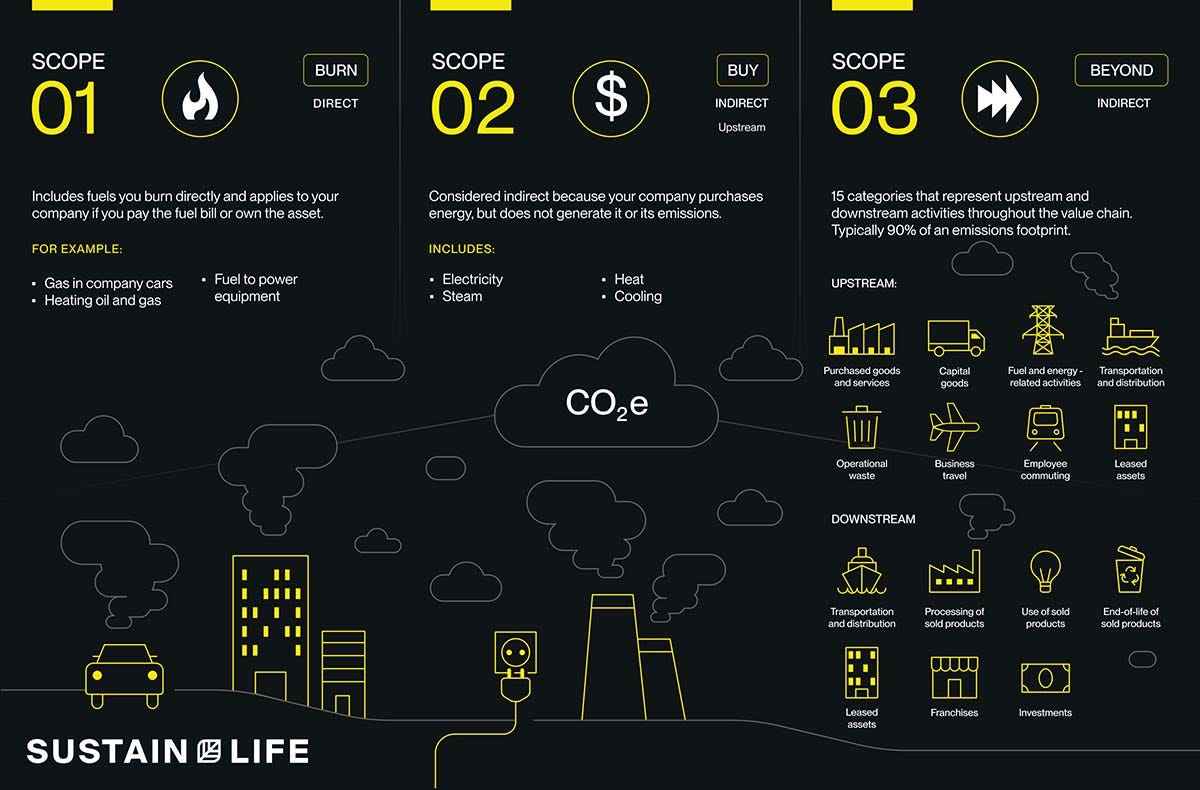FountainBlue's September 13 VIP roundtable was on the topic of 'Sustainability Solutions for the Enterprise'. We were fortunate to have a wide range of executives in attendance, representing enterprises as well as startups and representing a wide range of industries. Their experience and expertise covered the gamut from engineering to business and finance, from product and marketing to finance and fundraising. But they had much in common:
their experience, background and leadership helped them fund, grow and scale companies and products.
their ability to work with an ecosystem of stakeholders was instrumental in navigating the intricacies of delivering sustainable solutions for enterprises.
Below is a compilation of their suggested thoughts and best practices around implementing enterprise sustainability solutions:
Highlight the doing-well-while-doing-right mindset by offering sustainability solutions to customers which benefit everyone involved.
Proactively consider how well the enterprise is mitigating each scope of the Greenhouse Gas Protocol (GHG Protocol) https://www.sustain.life/blog/scope-emissions:
Scope 1 emissions – direct emissions from sources owned or controlled by a company
Scope 2 emissions – indirect emissions from purchased electricity, steam, heat, and cooling
Scope 3 emissions – all other emissions associated with a company’s activities
Scope 1 is what you BURN; scope 2 is energy you BUY; and scope 3 is everything BEYOND that.
Focus on not just technology and product innovations but also on legitimate pathways to scale, to address a problem which needs solving in the near term, even if that wasn't the original intention of the product or innovation.
Engage a broad range of stakeholders and create solutions which go beyond solutions for today.
Create a sustainability ERG team and engage in a wide range of projects from hackathons to renewables, from cleanups to recyclables.
Consider also climate equity solutions and solutions for the future as well as solutions for the community.
Work collaboratively to meet sustainability standards such as:
Identify and inventory hazardous chemicals used in operations including the ones identified below through perplexity.ai:
Persistent organic pollutants such as Per- and polyfluoroalkyl substances (PFAS)
Polychlorinated biphenyls (PCBs), Certain pesticides like DDT
Heavy metals such as mercury, lead, cadmium and chromium
Volatile organic compounds such as benzene, formaldehyde, toluene
Endocrine disruptors such as Bisphenol A (BPA), Phthalates, certain pesticides and flame retardants
Ozone-depleting substances such as HCFCs
Carcinogenic, mutagenic or toxic for reproduction CMR substances
Assess risks and prioritize chemicals for substitution or elimination
Implement safer alternatives where possible
Ensure proper handling, storage and disposal practices
Monitor and report on chemical usage and emissions
Below are some suggested areas of enterprise sustainability innovation:
Create solutions which allow enterprises to more easily and efficiently track and manage their software.
Allow enterprise customers to more easily and proactively manage and anticipate their energy usage.
Design solutions which allow enterprises to track, optimize and upgrade hardware and equipment/view carbon footprint.
Provide solutions which facilitate collaboration between people and departments with the goal of more efficiently and proactively managing energy usage, storage and distribution.
Below are thoughts on how we can better work together to collaborate:
Include a wide range of stakeholders - from entrepreneurs to investors, from policy-makers to governments, from scientists to engineers, across industries, across countries.
Connect with the purpose of leaning in to designing and developing enterprise solutions which benefit all.
Focus on developing projects with purpose, projects which support sustainability objectives while also supporting business imperatives.
Engage everyone on that common mission - to do better for ourselves, for our world, for our future.
The bottom line is that we agreed that our technology progress is impressive, there's much more to be done and that collaborating across the ecosystem is the only way that things can get done.






